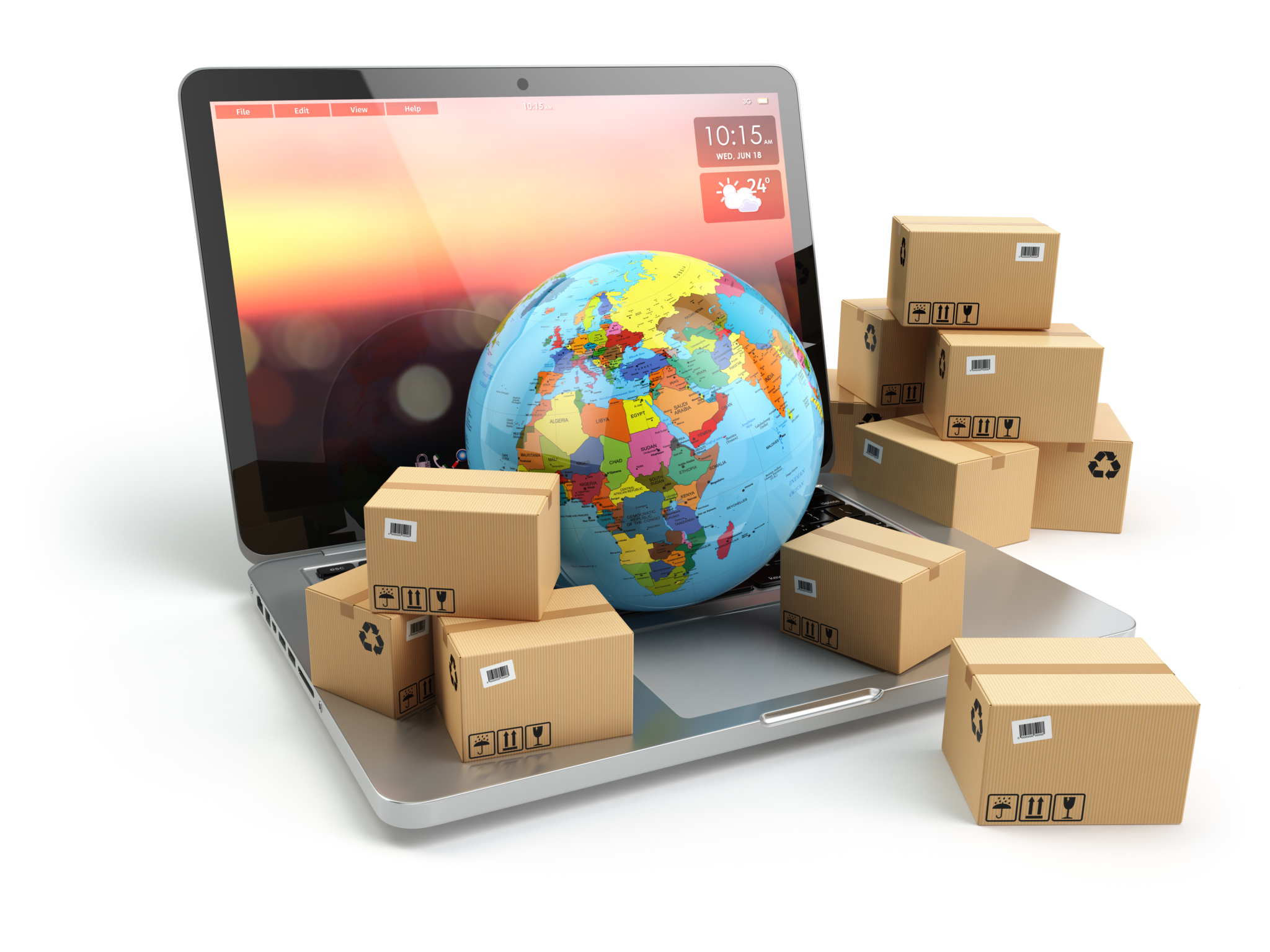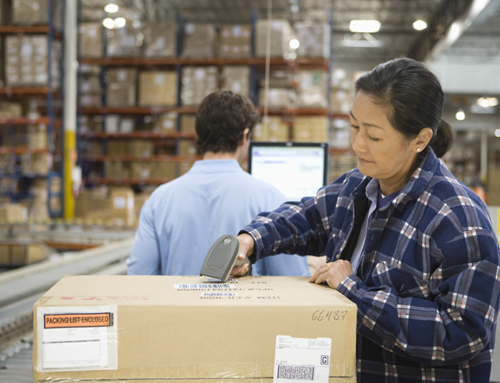eCommerce is an industry that’s booming, there’s absolutely no doubt.
With more than $105 billion in actual sales during the second quarter of 2017, and a whopping 16.3 percent growth year over year during that same quarter, everything in eCommerce is coming up roses. But, just having an eCommerce presence isn’t enough to guarantee that you’ll find success. Returns are also growing rapidly, at a rate of 15 percent annually, according to reporting by Forbes.
So, the first question anyone in or pondering an eCommerce business should be asking themselves shouldn’t be “How do I increase sales?” but “How do I plan to manage returns?” That’s where marrying tech to your reverse logistics process can help you conquer an otherwise overwhelming and tedious scenario.
Reverse Logistics Then and Now
In the past, one of two methods were used for returns management or returns processing.
Either a store owner took a return from a customer, tossed it on a shelf and forgot about it until it was eventually thrown away or returns came into a warehouse and were painstakingly processed by hand, which could consume a considerable amount of time and end up costing more than it saved.
Today you have another option, namely bringing as much technology to the job as possible. Obviously, there will be jobs a machine still can’t do, like grading clothing conditions, but there are plenty of ways that tech-assistance can improve worker efficiency and processing speeds.
Reverse Logistics and Technology
Using even simple tools like smart labels will ensure that packages are able to be tracked from the moment they’re dropped off at the carrier by your customer, so you know exactly what’s coming and when to expect it.
These tools allow you to use software that can match the label to the customer’s order to help you expedite processing. With the account connection made, your workers will be able to see at a glance if the package contains what it should and then move on to grading the product for resell.
You can even invest in SaaS solutions that will quickly determine the optimal way to deal with the return, whether that’s refurbishing, reselling, liquidating or scrapping it. Reducing the number of judgement calls that a worker has to make can greatly improve efficiency and speed, both vital to success with recapturing value using reverse logistics.
The future of your eCommerce operation isn’t solely in sales, it’s also going to be highly influenced by how well you manage your returns. Good returns management means a better income stream, healthier books and ultimately, a thriving business.







Leave A Comment